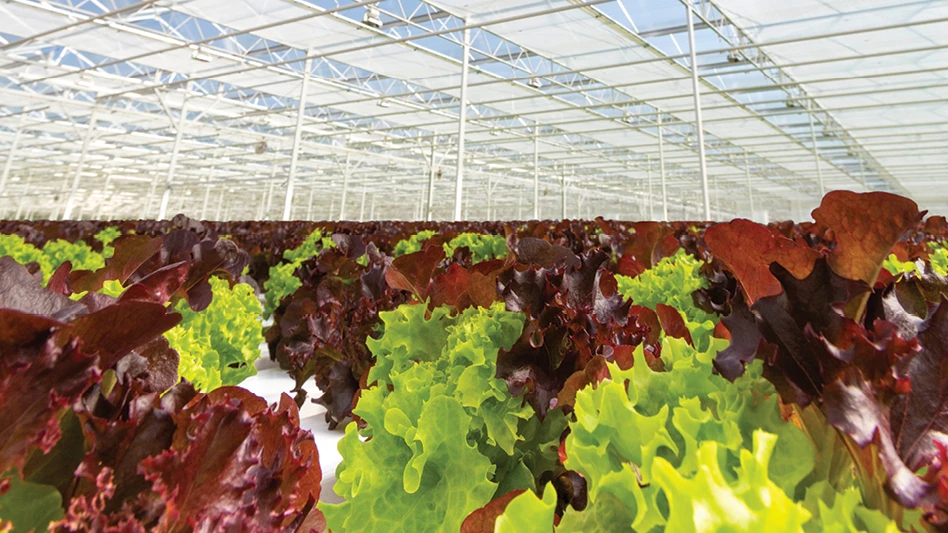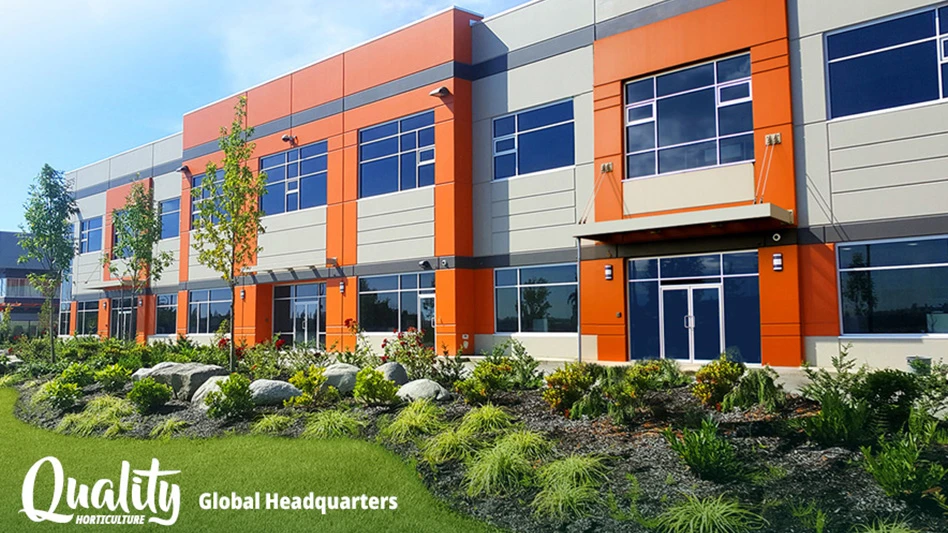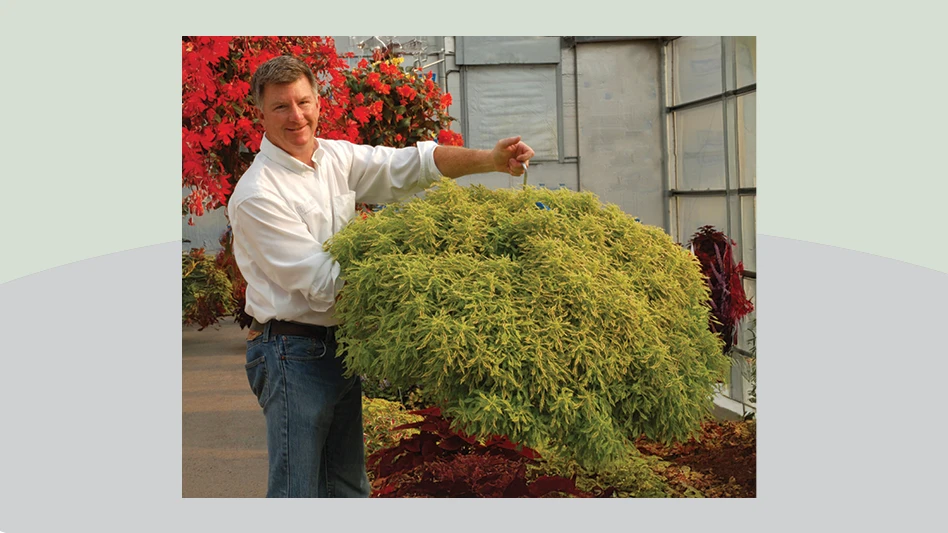 |
In today’s age, technology has become a staple in almost everything we do, whether it be personal or business-related. The same can be said for greenhouses.
Picas Labor Tracking is a full-featured labor-tracking system created specifically for the greenhouse industry. It can be used as a standalone or as part of a larger system and helps greenhouses monitor their employees and how efficiently the work is getting done.
“Because margins are getting so tight in our industry, you have to track every little component,” says Bob Schenck, co-owner/manager of Schenck Farms & Greenhouses Co Ltd. “You have to know what it is costing you.”
Schenck Farms & Greenhouses uses the Picas labor-tracking software as part of a larger system to monitor their greenhouse. The software uses a time clock and every part of the day is integrated with it, including all time punches and units per employee that get done. iPod Touches are used to monitor every employee’s movement when they’re out in the greenhouse. This helps them keep tabs on the employees and how fast the work is getting done.
Schenck says the tracking software has actually made their employees much more efficient in their daily tasks.
“They realize they’re being tracked. We’re actually getting product out quicker because of the labor tracking,” he says. “We understand our costs that much better, what everything is costing us around here, because labor is a big component of the greenhouse sector.”
Before using the Picas software, Schenck Farms & Greenhouses was doing all labor tracking by hand, writing everything down on sheets of paper and having supervisors keep track of all data. The information was then manually entered at the end of the week. Now they can use iPod Touches to digitally keep track of all statistics. At the end of the week, the numbers are all combined together to tell them how much work the employees were doing while on the clock.
“We can actually predict some of the tasks and how long it’s going to take, so we can allocate appropriate resources,” Schenck says.
To anyone debating whether to get the software, Schenck says to go for it, especially since labor costs are so important to the industry. “It’s a lot of work. It takes people to be on top of it all the time, but in the end it truly is worth it,” he says.

Explore the August 2013 Issue
Check out more from this issue and find your next story to read.
Latest from Greenhouse Management
- North Carolina Nursery & Landscape Association announces new executive vice president
- Plant Development Services, Inc. unveils plant varieties debuting in 2025
- Promo kit available to celebrate first National Wave Day on May 3
- Applications now open for American Floral Endowment graduate scholarships
- Endless Summer Hydrangeas celebrates 20 years with community plantings
- Invest in silver
- Garden Center magazine announces dates for 2025 Garden Center Conference & Expo
- USDA launches $2 billion in aid for floriculture growers





